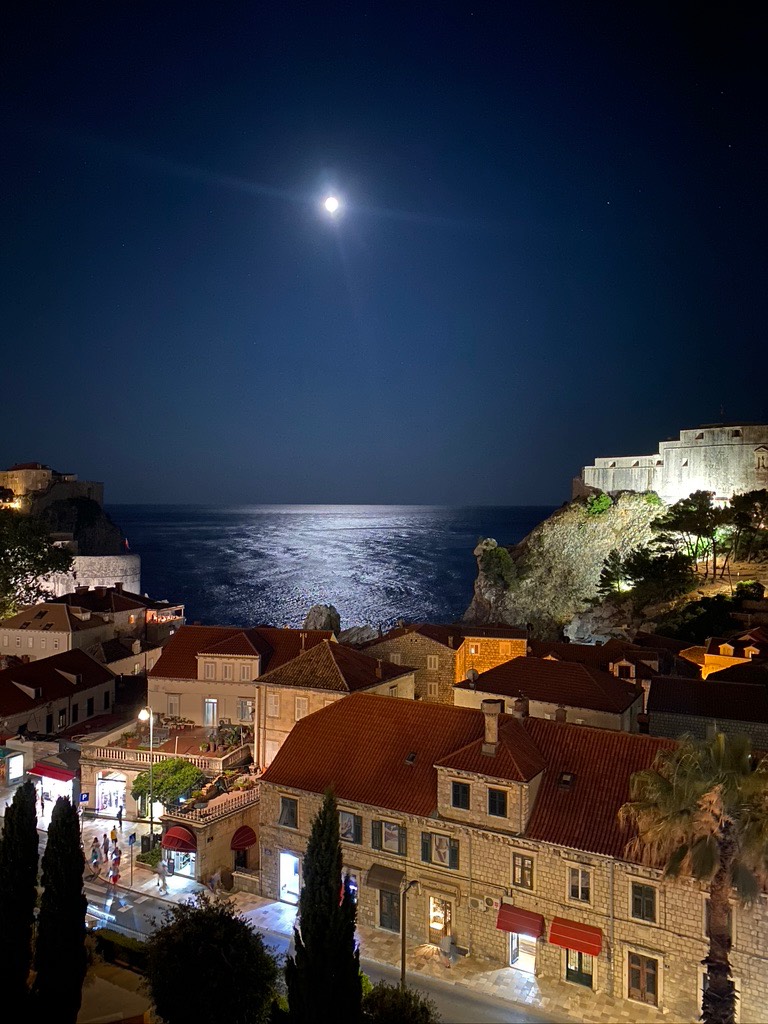21 July 2021
Yesterday, we boarded an Aegean Air flight from Athens to the coastal city of Dubrovnik, located in the south of Croatia. Today, we were picked up by our driver for an all-day sojourn down the Adriatic coast.
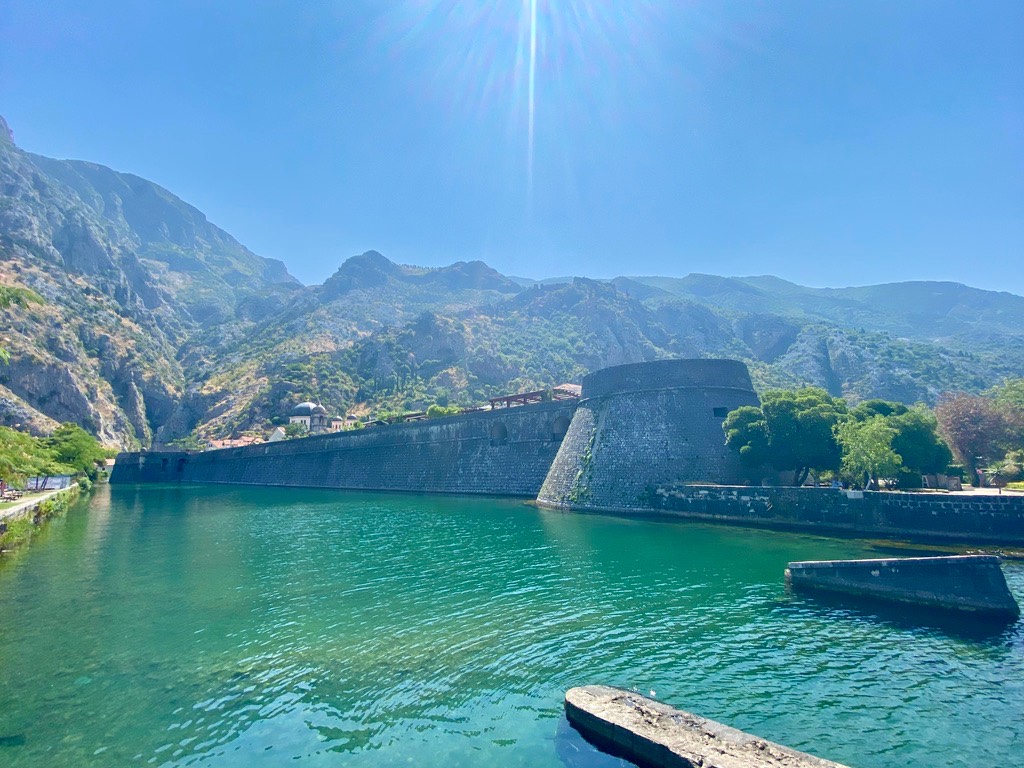
Driving south from Dubrovnik, we first passed through the Konavle region of Croatia before crossing the border into Montenegro. Montenegro is the youngest universally recognized European country; it gained independence from Serbia via referendum in 2006. Like Croatia, Montenegro was formerly part of the Socialist Federal Republic of Yugoslavia, which also included the modern states of Slovenia, North Macedonia, Serbia, Bosnia and Herzegovina, and Kosovo.
Our first stop was the small village of Perast, located on the shores of the Bay of Kotor, called Boka Kotorska in the Serbo-Croatian language.
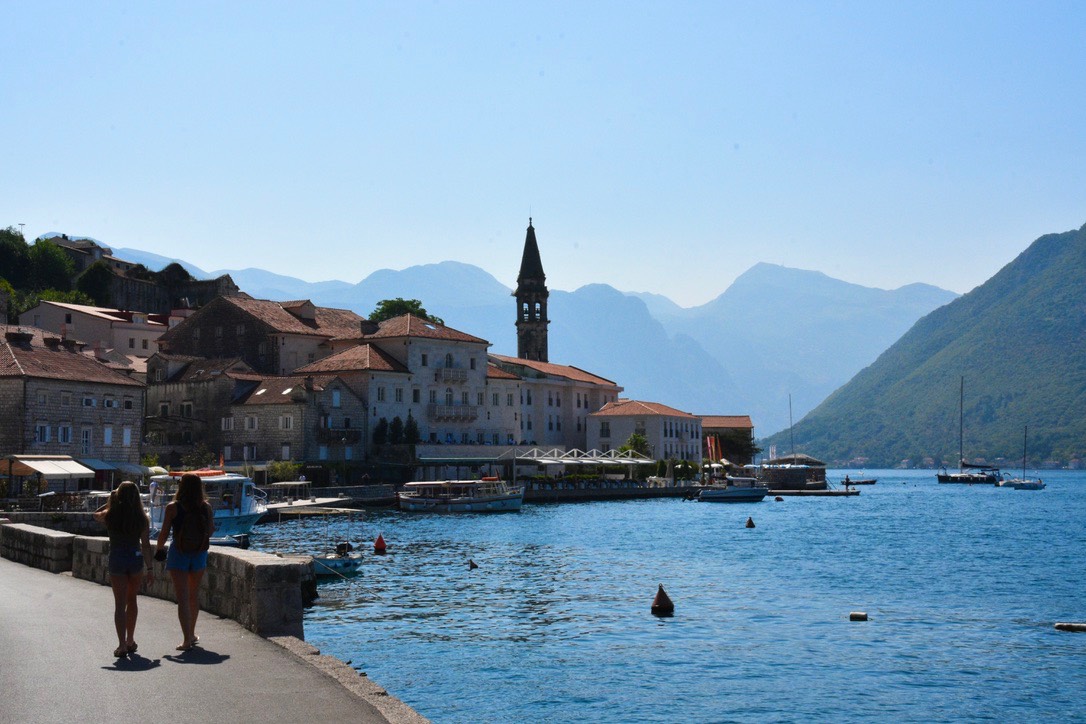
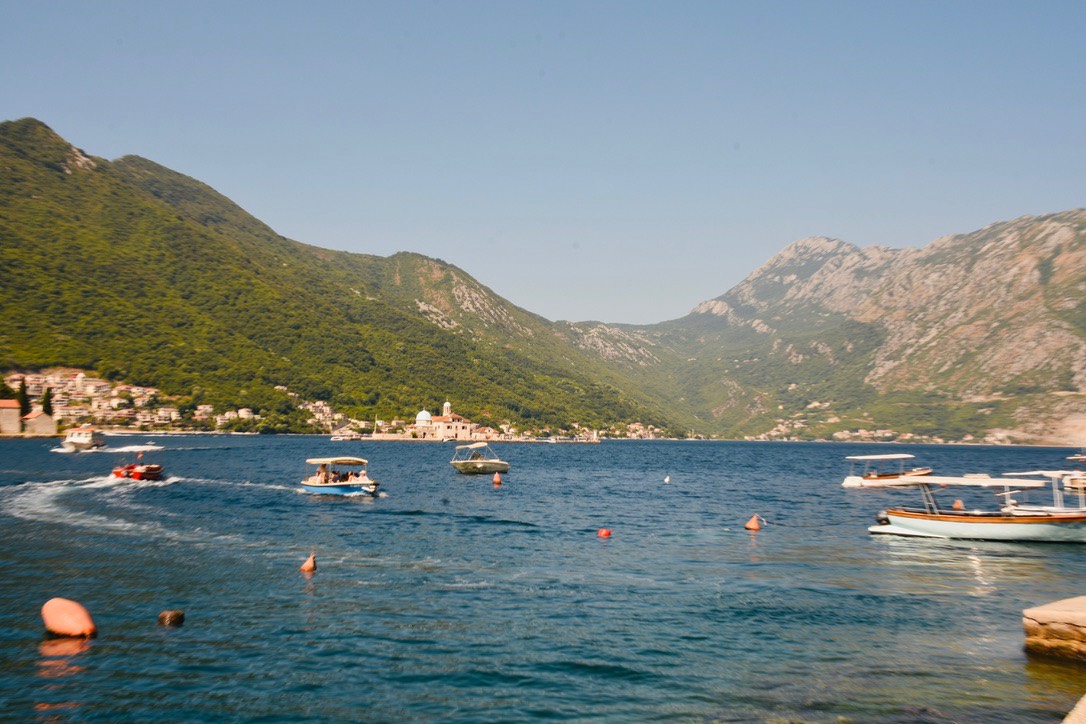
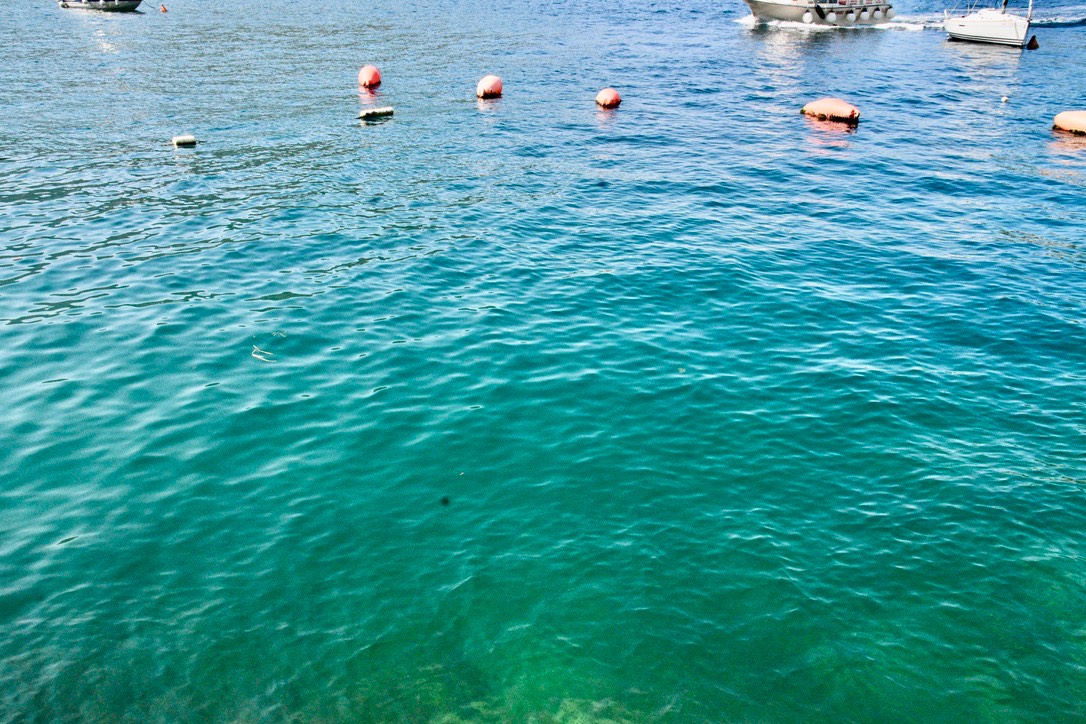
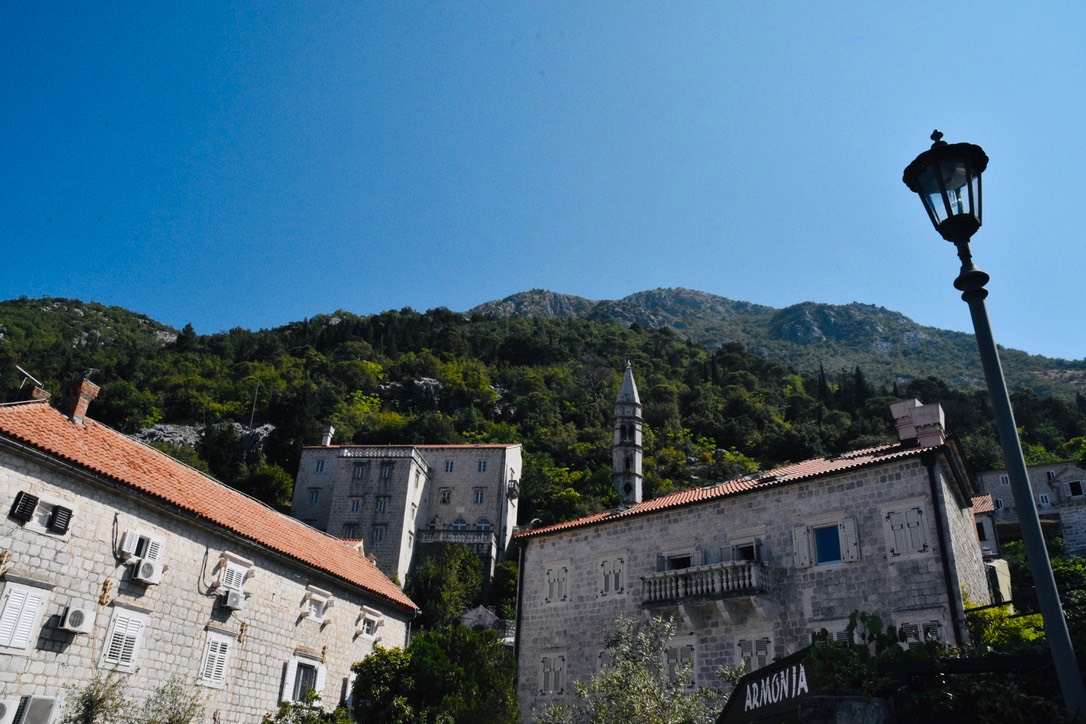
Sheer cliffs hundreds of feet high rise on either side of the bay, with small villages of red-roofed stone structures nestled into the hills along the coast. Schools of shiny silver fish swim in the crystal-blue water. Unlike the austere arid beauty of Santorini, the mountains here are lush and covered with trees, including entire forests of tall, thin cypress.

After stopping for drinks at a bayside café in Perast, we continued on to our next destination, the fortified city of Kotor.
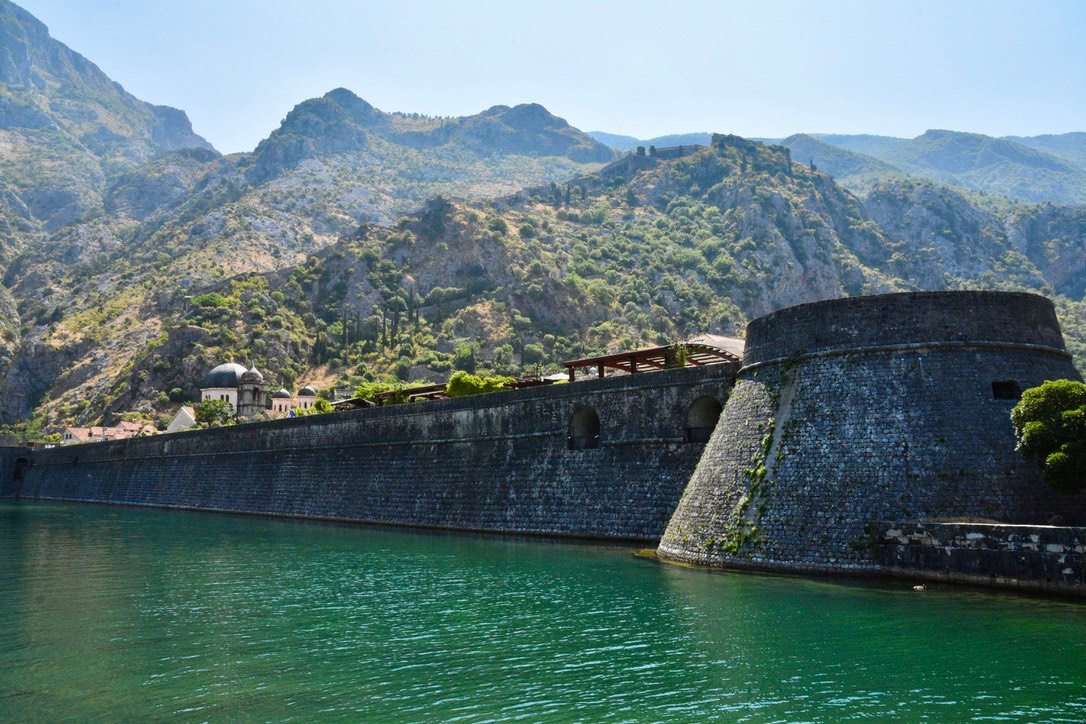
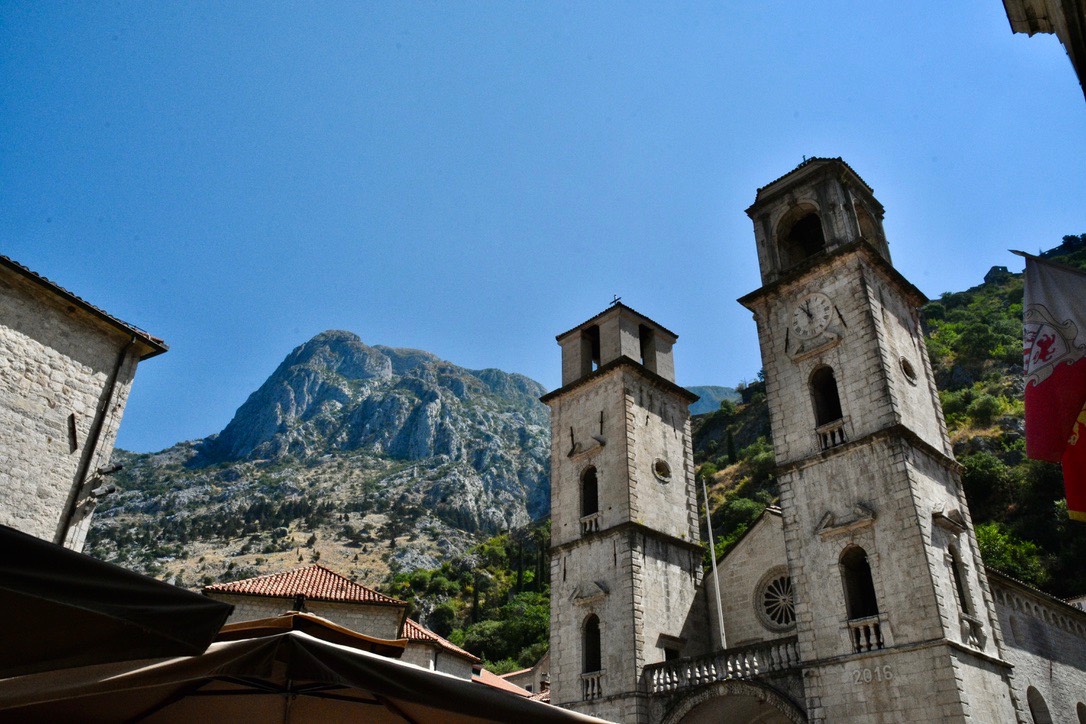
Most of the old city, including its fortifications, was built by the Venetians. During the four hundred year period of Venetian rule, Kotor flourished as a powerful trading center, with many wealthy and influential families constructing ornate mansions within the city walls. Today, the old city is preserved much as it was during medieval times, with narrow, winding cobblestone streets opening into cobbled squares, and the spires, domes, and bell towers of churches rising above a sea of red roofs.
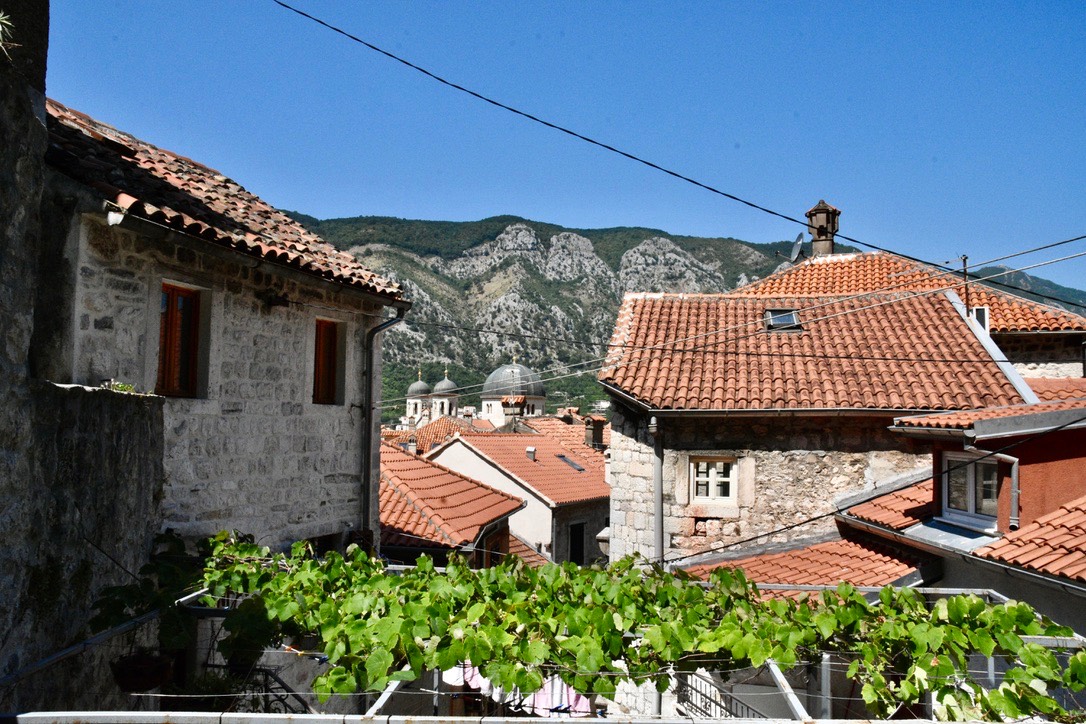
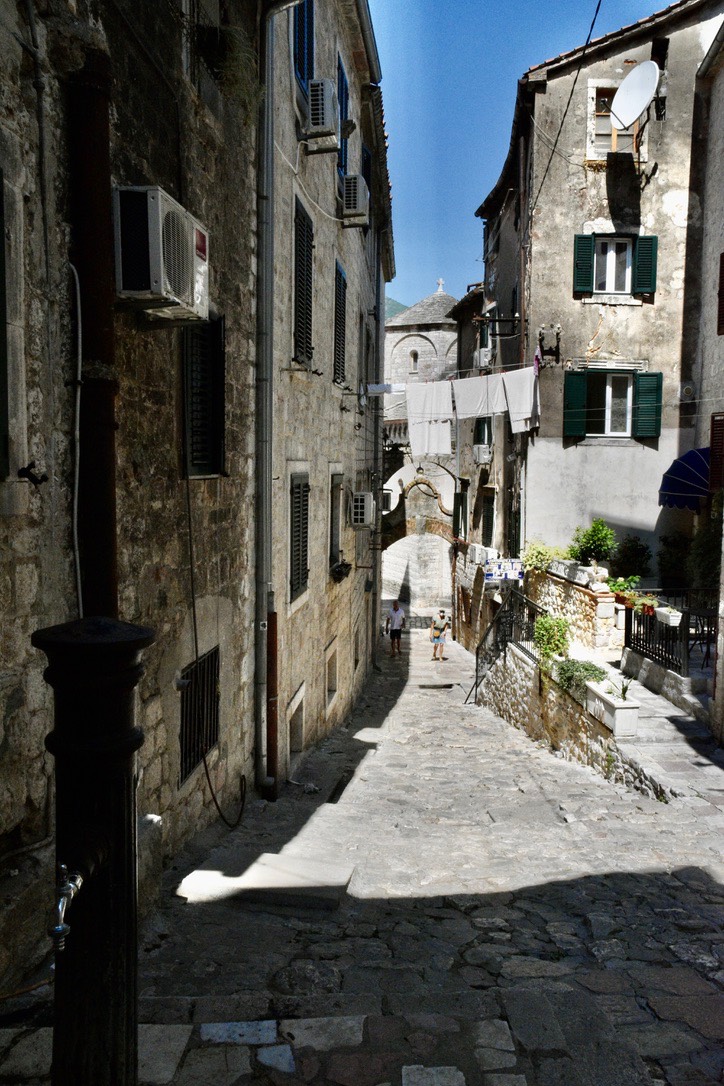
Though the old city of Kotor is a tourist attraction, many people still live and work in this medieval city as they would in any other town. We saw the offices of dentists and attorneys advertised alongside souvenir shops and cafés, coexisting within the centuries-old medieval buildings of Kotor.
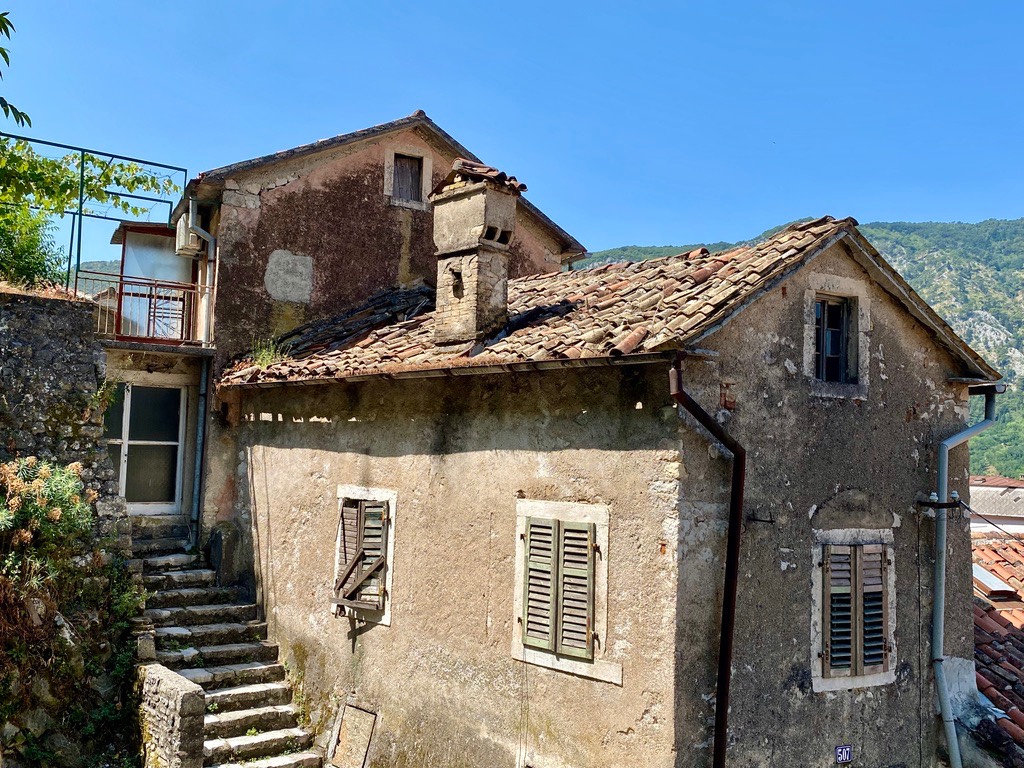
Our final stop before returning to Croatia was the town of Budva. Unlike the quaint village of Perast and the preserved medieval town of Kotor, Budva is currently undergoing massive redevelopment, with enormous high-rise residential buildings and hotels under construction along the entire bay. This Montenegrin city is a favorite vacation spot among wealthy Russians; here one can find menus printed in English, Russian, and Serbo-Croatian written in both the Latin and Cyrillic alphabets.
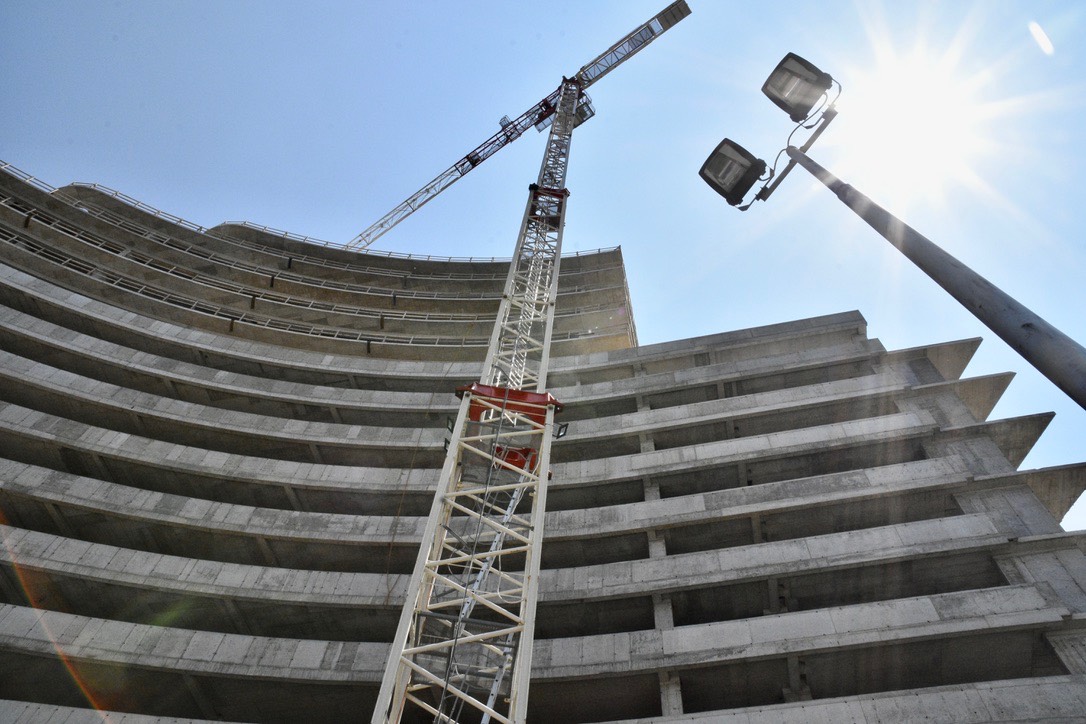
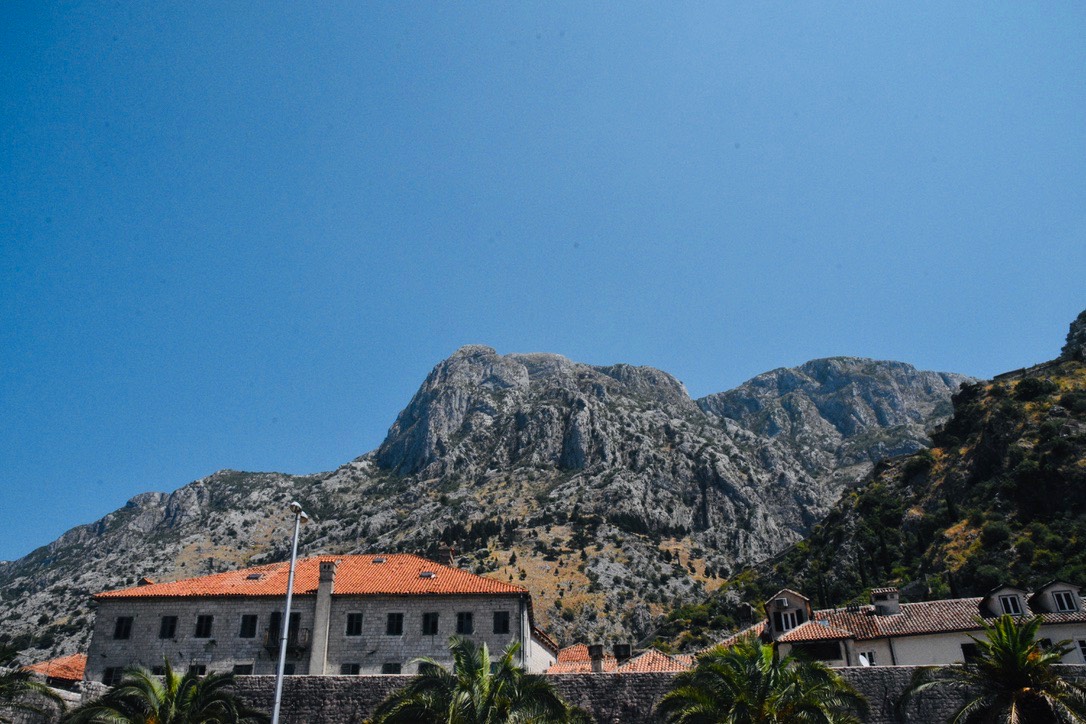
After eating lunch— the best of the entire trip so far— in Budva, we returned to our car for the drive back to Dubrovnik. To save time, we took a car ferry across Boka Kotorska, and were lucky to have only a short line at the border checkpoint. Because the Croatia-Montenegro border marks the border between EU and non-EU territory, crossings can sometimes take hours.
Tomorrow, we will explore the medieval city of Dubrovnik, and learn the history of another Venetian city that exists in nearly its original form today.
- Hayden Strong
